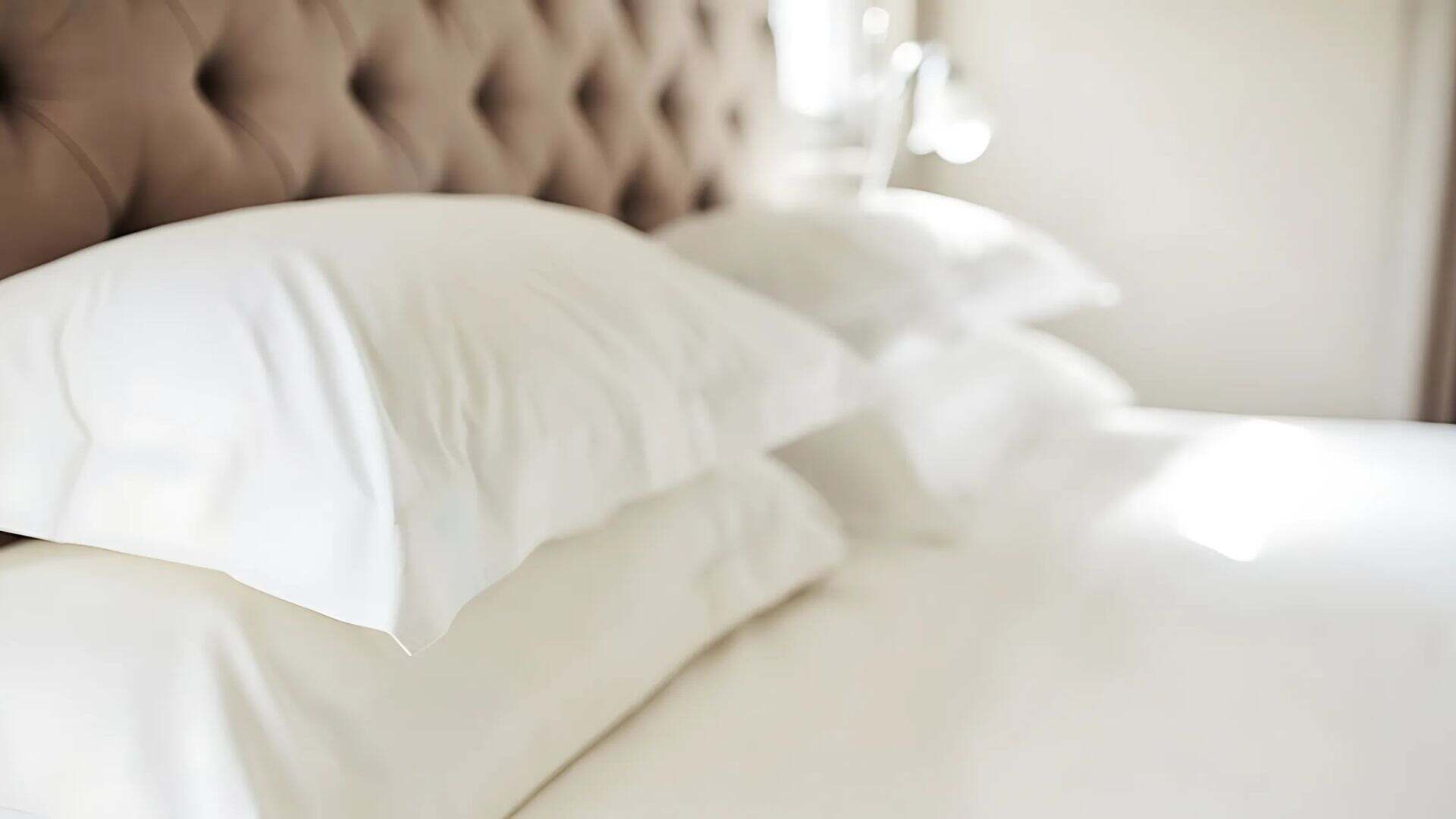If you’re not washing your sheets and pillowcases on a weekly basis, some eye-opening statistics might convince you to start. Cleaning experts consistently advise washing your bedding at least once a week to maintain optimal hygiene and cleanliness—a practice everyone should incorporate into their routine more frequently.
Research conducted by Amerisleep, a mattress and bedding company, highlights just how contaminated unwashed bedding can become. Their study found that bedding can accumulate as much bacteria as some of the dirtiest surfaces we encounter daily, such as toilet seats, pet bowls, and toothbrushes. The longer bedding remains unwashed, the more bacteria continue to grow.
Amerisleep conducted an experiment where three participants were instructed not to wash their pillowcases and sheets for four weeks. Samples were taken weekly and analyzed in a lab to measure bacteria levels. The findings were astonishing.
In just one week, pillowcases contained an average of 3 million colony-forming units (CFU) of bacteria per square inch, equating to 17,000 times more bacteria than a toilet seat. Sheets weren’t much better, registering around 5 million CFU—approximately 25,000 times more than a bathroom doorknob.
As the weeks went on, the bacteria count rose sharply. By week four, pillowcases held almost 12 million CFUs—39 times the bacteria on a pet bowl—and sheets averaged nearly 11 million CFUs, more than five times the amount found on a toothbrush holder.
How harmful are these germs? Some bacteria may pose health risks, while others are harmless. The study identified four common bacteria types present on unwashed bedding, with some known to cause infections. The most common were gram-negative rods, which, according to the CDC, can lead to infections and antibiotic resistance. Bacilli, also found in the study, is a bacteria type associated with food poisoning. Not all bacteria identified were dangerous; for instance, gram-positive bacteria, which were abundant on the bedding, are generally harmless to humans.
Before becoming overly concerned, it’s crucial to remember that bacteria are present everywhere, and many are not dangerous. In fact, some bacteria are vital for our survival. However, minimizing exposure to potentially harmful bacteria is a good practice, particularly regarding your sleep environment.
The solution is straightforward: washing your bedding and pillowcases frequently. Weekly washing is necessary to prevent harmful bacteria from accumulating. Regular cleaning not only keeps your bed fresh but also supports hygiene and reduces the risk of health issues. This habit ensures a cleaner and healthier sleep environment by lowering exposure to unwanted germs.
Maintaining proper hygiene at home is essential for keeping germs at bay and fostering a healthy living space. Here are five crucial hygiene tips:
- Hand Hygiene: Wash your hands frequently with soap and water, particularly after using the restroom, handling raw foods, or coming home. Good hand hygiene is one of the most effective ways to reduce the spread of germs.
- Surface Disinfection: Clean and disinfect high-touch surfaces like door handles, light switches, countertops, and electronic devices daily. Using appropriate disinfectants helps eliminate harmful bacteria and viruses.
- Kitchen Sanitation: Keep your kitchen clean by washing dishes promptly, wiping countertops, and regularly cleaning cutting boards and utensils. This minimizes the risk of cross-contamination, especially when handling raw food.
- Food Storage: Refrigerate perishable items and avoid leaving leftovers out for extended periods. Store food in sealed containers to prevent contamination.
- Ventilation: Ensure your home is well-ventilated by opening windows to allow fresh air inside. This helps reduce indoor air pollutants and prevents germs from building up in enclosed spaces.






















